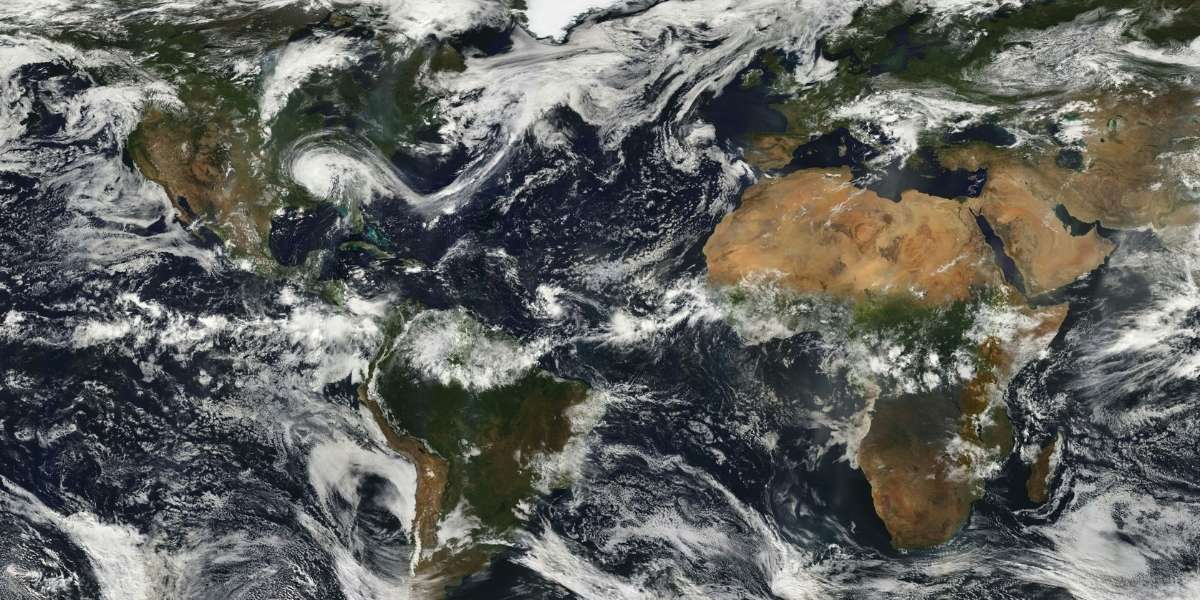Youth and Climate Distress: Understanding the Psychological Impact of the Climate Crisis
The climate crisis is one of the most pressing issues of our time, and its effects are not just physical but deeply psychological. As young people watch the world around them grapple with the increasing toll of environmental disasters, the growing phenomenon of climate anxiety is becoming more prevalent. For many, the future feels uncertain, and the emotional burden of living in a rapidly changing world is starting to take its toll. This explores the impact of climate distress, particularly on youth, and delves into the psychological and emotional struggles they face in response to the climate crisis.
Read Also: Unearthing Giants: America’s Rich Legacy of Dinosaur Fossils
The Rise of Climate Anxiety
Climate anxiety, also known as eco-anxiety, refers to the chronic stress and worry individuals feel in response to environmental degradation and the escalating climate crisis. For many young people, this anxiety stems from a combination of factors, including the visible consequences of climate change, such as wildfires, floods, and droughts, as well as the overwhelming uncertainty about the future.
Studies show that younger generations, particularly Gen Z and millennials, are more likely to report feelings of climate distress than older generations. As these young people inherit a world where climate change is already causing devastating impacts, the emotional toll is heavy. Many are left wondering what kind of future they will have, especially given the continued lack of political action and the perceived apathy of world leaders.
Sources of Climate Distress
The sources of climate distress for youth are diverse and complex, but several key factors contribute to the emotional burden they carry:
1. Witnessing Climate Change in Real Time
Unlike previous generations, young people today are growing up in a world where the impacts of climate change are visible and undeniable. From devastating hurricanes to rising sea levels and extreme heatwaves, young people are constantly exposed to news and images of environmental destruction. Social media amplifies this, often making these events feel immediate and personal. Witnessing these catastrophes can create a sense of powerlessness and fear for the future.
2. The Burden of Inaction
Many young people feel a deep frustration with the perceived lack of action on climate change. They watch as political leaders and corporations continue to prioritize short-term economic gains over long-term environmental sustainability. The inability of governments to take meaningful action, despite overwhelming evidence of the climate crisis, leaves young people feeling neglected and abandoned. For many, this inaction is a major source of their climate distress, as they realize that their futures are being jeopardized by decisions made today.
3. The Uncertainty of the Future
Climate anxiety often stems from the uncertainty about the future. With the continued rise in natural disasters, resource scarcity, and the possibility of irreversible environmental changes, young people are left to wonder if they will have a livable world to grow old in. This uncertainty about future prospects—whether in terms of their careers, homes, or the quality of life—can be a profound source of stress and fear.
4. Environmental Justice and Inequality
Young people, particularly those in marginalized communities, are acutely aware of the disproportionate impact of climate change on vulnerable populations. Communities of color, low-income areas, and developing countries are often hit hardest by environmental degradation. Young people who are passionate about social justice may experience distress not only because of the environmental damage but also because of the inequality in how the crisis is experienced globally. This sense of injustice adds to the emotional burden, particularly for those who feel that the crisis is being disproportionately shouldered by vulnerable groups.
Psychological and Emotional Consequences of Climate Distress
The psychological and emotional effects of climate anxiety are wide-ranging, impacting young people’s mental health, sense of security, and overall outlook on life. Some of the most common consequences include:
1. Chronic Stress and Anxiety
Climate anxiety often manifests as chronic stress and generalized anxiety. Young people may feel a constant sense of worry about the future, manifesting in sleep disturbances, heart palpitations, and a sense of being overwhelmed by the magnitude of the problem. The ongoing stress can have detrimental effects on mental and physical health, contributing to feelings of fatigue, burnout, and helplessness.
2. Depression and Hopelessness
The lack of progress in addressing climate change, combined with the visible impacts of environmental degradation, can lead to feelings of hopelessness and depression. Some young people report feeling as if they are powerless to change the world around them, and this sense of helplessness can deepen into despair. The fear that their efforts to make a difference are futile can lead to withdrawal, apathy, and disengagement from activism and community efforts.
3. Eco-Guilt and Isolation
Another psychological consequence of climate distress is eco-guilt—the sense of responsibility and shame that young people feel for contributing to environmental problems, even if indirectly. This can be especially true in a world where the carbon footprint of daily life is magnified, and social media amplifies the environmental choices others make. Young people may feel isolated in their concerns, believing that their anxiety is not shared by others, leading to social withdrawal and a sense of alienation.
4. Increased Trauma in Climate-Impacted Areas
For youth living in areas that are directly affected by climate disasters—such as wildfires, hurricanes, or droughts—the psychological toll is even more profound. These young people may experience post-traumatic stress disorder (PTSD), survivor’s guilt, and a heightened sense of fear and anxiety following major disasters. The trauma of living through such events, combined with the uncertainty of future disasters, creates a persistent sense of instability that can have long-term effects on mental health.
Potential Solutions and Coping Strategies
While the psychological toll of climate anxiety is significant, there are steps that can be taken to mitigate its effects and help young people cope with their distress.
1. Climate Education and Empowerment
One of the most powerful tools for alleviating climate anxiety is education. When young people understand the science of climate change and the potential solutions, they are better equipped to take action and feel a sense of empowerment. Climate education can also help reduce feelings of helplessness by providing clear pathways for change and action.
2. Community Building and Collective Action
Another key to addressing climate distress is fostering a sense of community and collective action. Many young people find solace in working together with others who share their concerns. Community-based efforts, such as environmental activism, sustainability projects, and eco-friendly initiatives, help provide a sense of control and purpose in the face of climate challenges. Collective efforts also create solidarity and reduce feelings of isolation.
3. Therapeutic Support and Mental Health Resources
As climate anxiety becomes more recognized, mental health professionals are developing ways to support young people who are struggling with these feelings. Therapeutic interventions such as cognitive-behavioral therapy (CBT), mindfulness practices, and eco-therapy are becoming more common as ways to help individuals process their emotions in the context of climate change. Additionally, encouraging open conversations about climate distress can help reduce stigma and create a supportive environment for those affected.
4. Climate Resilience and Adaptation
Lastly, focusing on climate resilience—the ability to adapt to changing environmental conditions—can help ease feelings of helplessness. Communities, schools, and governments can work together to build resilience through infrastructure improvements, disaster preparedness, and sustainable practices that give young people hope for the future.
Read Also: How Climate Change Is Affecting Coral Reefs and What We Can Do
Addressing Climate Anxiety for a Better Future
Climate distress is a serious and growing issue, particularly among young people who face an uncertain and daunting future. As climate change continues to reshape the world, it is essential to address the emotional toll it takes on youth and to equip them with the tools to cope with the challenges ahead. By fostering education, community action, and mental health support, we can help mitigate the impact of climate anxiety and empower young people to take part in creating a sustainable and resilient future.








